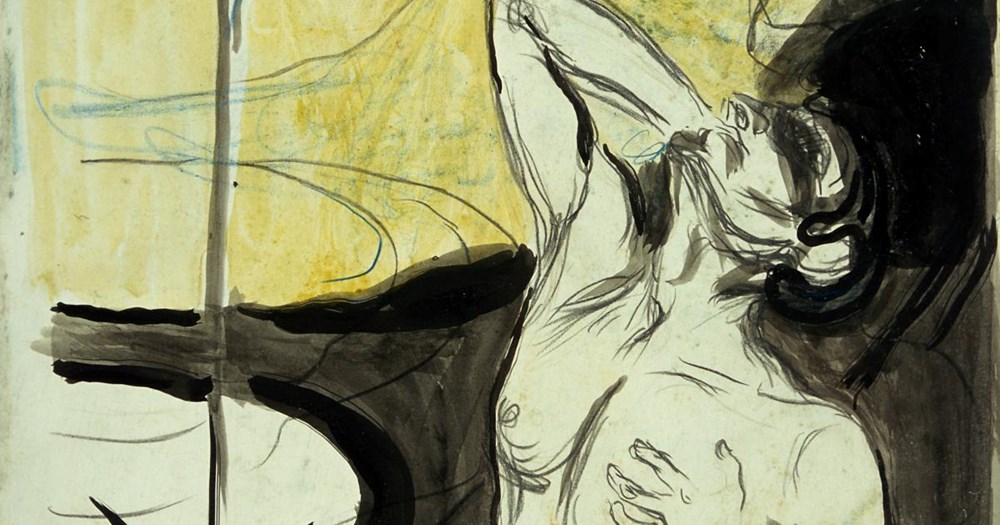Vigeland + Munch Behind the Myths

Exhibition
Munch (1863-1944) and Vigeland (1869-1943) worked during the same period. One primarily as a painter and printmaker, the other as a sculptor. With only a six-year difference in age, they were affiliated with the same circles and influenced by the same contemporary art movements. And for a period they both lived and worked – even in adjoining rooms – in Berlin.
The connection between Munch and Vigeland has often been mentioned, yet has never been the subject of in-depth investigations. Many are of the opinion that the two were rivals. This exhibition wishes to clarify the connections between them by presenting their artistic careers side by side, from the time they began studying at The Royal College of Design in Kristiania, to the time they became well-established artists at Ekely and Frogner respectively. A red thread running through the exhibition is their common development with regard to choice of motifs. For example when they followed the contemporary trends and depicted angst-filled characters, ambiguous love motifs or ominous Judgement Day motifs. The works of a young and not yet famous Vigeland are highlighted here, from a time when his sculptures had a more dramatic content and were smaller in format than the ones we know from the Vigeland Park. An interesting similarity from a later period can be found in the artists' works representing monumental renderings of entangled piles of human bodies, such as Munch's painting The Human Mountain and Vigeland's sculpture The Monolith.
There are many interesting connections that open up to new ways of viewing the two artists. From reciprocal influence and common sources of inspiration, to thematic and formal similarities. In certain instances it is difficult to distinguish one from the other, while in a larger perspective one can clearly see the striking differences.
The contemporary perception of Munch and Vigeland as artists that were typical of the period around the turn of the last century is examined and highlighted in the exhibition. As when Sigbjørn Obstfelder in 1894 enthusiastically writes that both were artists "[...] whose works express a coherent worldview" for instance. The Polish writer Stanislaw Przybyszewski (1868-1927) is also significant as the first one to publish texts about the two of them abroad. He was a central figure in the art milieu in Berlin in the 1890s, where many Scandinavian artists lived – among them Munch and Vigeland. Przybyszewski was very excited about the two Norwegians, whom he considered to be representative of the spirit of the times.
Munch's work with sculpture has until now been a relatively unknown aspect of his oeuvre. After the year 1900 he made several attempts at sculpting, which resulted in several medium-sized clay, gesso and bronze sculptures. A large selection of these will be shown to the public for the first time, thus providing an opportunity to become acquainted with Munch's experiments with the three-dimensional form. Among other things his monumental sculpture The Human Mountain will be exhibited alongside of models of Vigeland's The Monolith.
Aside from paintings, sculptures, drawings and graphic works, the exhibition will consist of letters, photos, newspaper articles, magazines and books. The exhibition has been arranged in a fruitful collaboration with the Vigeland Museum and the National Museum of Art, Architecture and Design, both of whom have lent us important works.
An illustrated catalogue will accompany the exhibition, where among other things Stanislaw Przybyszewski's text Edvard Munch's Works from 1894 will be published for the first time in Norwegian and English. Przybyszewski's article about Gustav Vigeland, On the Paths of the Soul, from 1895 will also be printed, in addition to a number of new scholarly articles.



